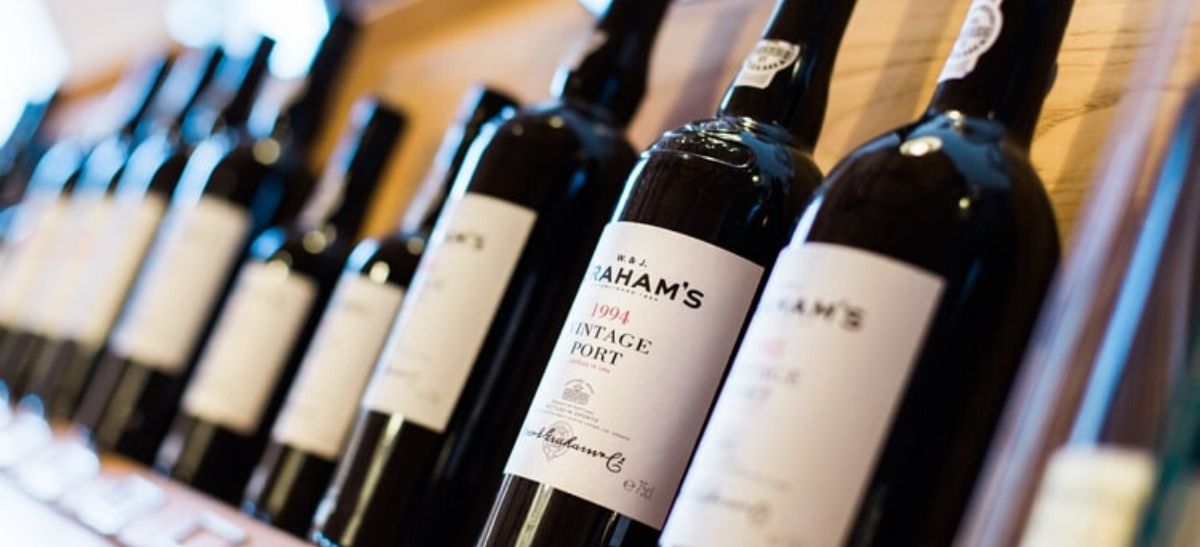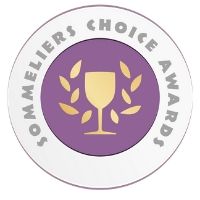Early Bird
Deadline
January 31, 2026
Judging
Date
May 18, 2026
Winners
Announced
June 10, 2026

By reading to the end of this blog, you will have learnt:
The basics of registering trademarks
When to register trademarks and why to register?
What sections of laws can one register in for particular types of trademarks?
What can you do to speed the process?
This article is sourced from the presentation of Donna H. Hartman, General Counsel, Attorney for OlenderFeldman, LLP at the conference of alcohol and beverage import and distribution 2019 hosted by Beverage Trade Network.
“I’d rather see people file for protection initially when they come up with an idea.”
– Donna H. Hartman, General Counsel, Attorney for OlenderFeldman, LLP
at the conference of alcohol and beverage import and distribution 2019 hosted by Beverage Trade Network.
1.1 Types of trademarks
1) Words Marks
For example: The words “Coca-Cola” and “Pepsi”
2) Special Form Marks
-Stylized Mark – words in a particular font
For Example: The logos of “Coca-Cola” and “Pepsi”
-Design marks – a composite mark created using words and design, or design only
For example: The trademark for “Wine Folly”
If in any case you have registered only yours special form mark and do not have the word mark trademarked and your company decides to change the logo in the slightest way, you might be under serious danger if in any case someone else registers your exact mark, which is why it is recommended to always register both, the trademark for your word mark and your special form mark.
1.2 Types of trademark registrations
Federal Registration (USPTO - United States Trademark and Patent Office)
Under Federal Registration your trademark is secured all across USA. The trademark receives the highest level of protection under this registration process. The process for this has a very long waiting period hence expecting to get your trademark registered within a week or two is something that one simply cannot expect. “The process can take away from 8 months to a year” is what Hartman says. This is a process of patience since there are currently more than 25,000 trademark applications pending for approval at the USTPO.
State Registration filing with the State (Secretary of State)
Registering under State Registration will protect your trademark only limited to that particular state, hence not protected all across US
Common law
Under the Common Law no filing is required. The protection stays limited within a small geography which would be within the city where you are dealing with a product or service under that name on a regular basis.
1.3 Trademark Filing Basis at the Federal Level
In Us (Section 1(a)) – If you are already selling the products and services
Intent-to-Use (Section 1 (b)) – If you have an idea but have not yet started selling in commerce. Bona fide intention
Foreign: Section 44(d) or 44(e), Section 66(a) – Based upon a foreign trademark application or registration
“I recommend trademarking the mark and the word incase marketers like to change things up.”
-Donna H. Hartman
2.1 When to Register?
Registering before using the mark
“Ideally one must register prior to using a mark”, is what Hartman recommends due to two reasons in particular –
To protect the idea
The registration process takes time
Registering after using the mark
If one is registering a trademark after using the mark, one needs to be well-prepared to accept that there may be a high possibility of never being able to register the mark especially if it is a word mark. This is because his/her application may be suspended due to a likelihood of confusion with a registered mark or pending application. The reasons for rejection could be:
-sound alike
-look alike
-have the same meaning (eg: foreign equivalent translations), and/or
-create the same general (overall) commercial impression.
2.2 Benefits for filing for Federal Registration
-Public notice of ownership of the mark
-Exclusive rights to use the mark nationally for goods or services
-Use of the federal registration symbol -
-The ability to sue in federal court
-May file with US customs and border protection to prevent importation of infringing goods.
-A basis to obtain registration in foreign countries
Registering a trade mark as mentioned takes a long time, and is a process of patience, but there are ways for you to speed the process of trademark by choosing a “strong” mark and not a “weak” mark both of which are explained below:
Fanciful Mark (Strong)
A fanciful mark is an invented word or a gibberish term which has no other known meaning for it. It is to be noted that these are words that do not have any meaning in any language whatsoever or atleast in the languages nationally recognized within in the country.
For example: Rolex, Exxon, etc.
Arbitrary (Strong)
These stand strong as a trademark application since these are actual words with a known meaning but have no relevance with the good or service itself.
For example: Apple (smartphone), Penguin (Book publishing house)
Suggestive (Strong)
Such applications need imagination since these are words that do not describe qualities or characters of good and services.
For eg: 7-Eleven (It is open from 7am to 11pm)
Descriptive Mark (Weak)
Marks like “Red Red Wine” or “Jamaican Rum Punch” have a hard time getting approvals since these are pretty much describing the function, use, characteristic, quality or features of their goods and services. These kind of marks are mostly rejected.
Generic Mark (Too weak)
These are marks that will never be registered under any law since these are common nouns, for e.g.: Wine
Trademarking your wine is protecting your product from counterfeit products, which is a regular occurrence in this beautiful industry of wine since this is indeed and shall always remain a lucrative market for those that create beautiful wines.
 Sommeliers Choice Awards gathers the top wine restaurant buyers, Master Sommeliers, wine directors who have a direct influence on the US on-premise market.
Sommeliers Choice Awards gathers the top wine restaurant buyers, Master Sommeliers, wine directors who have a direct influence on the US on-premise market.
Put your wines in front of them and get rated by Food Parability, Typicity, Value, Quality, and Package.
If you're looking to get in front of the top sommeliers and on-premise wine buyers of the USA, now is the best time to enter your wines. Save up to $50 per wine.
Leading wine brands from around the world now have an opportunity to grow their business and gain the attention of wine buyers, wine directors and influencers within the U.S. on-premise industry. Time to submit your wines in the 2020 Sommeliers Choice Awards.
Enter your Wines now and get in front of top Sommeliers, Wine Directors, and On-Premise Wine Buyers of USA.
